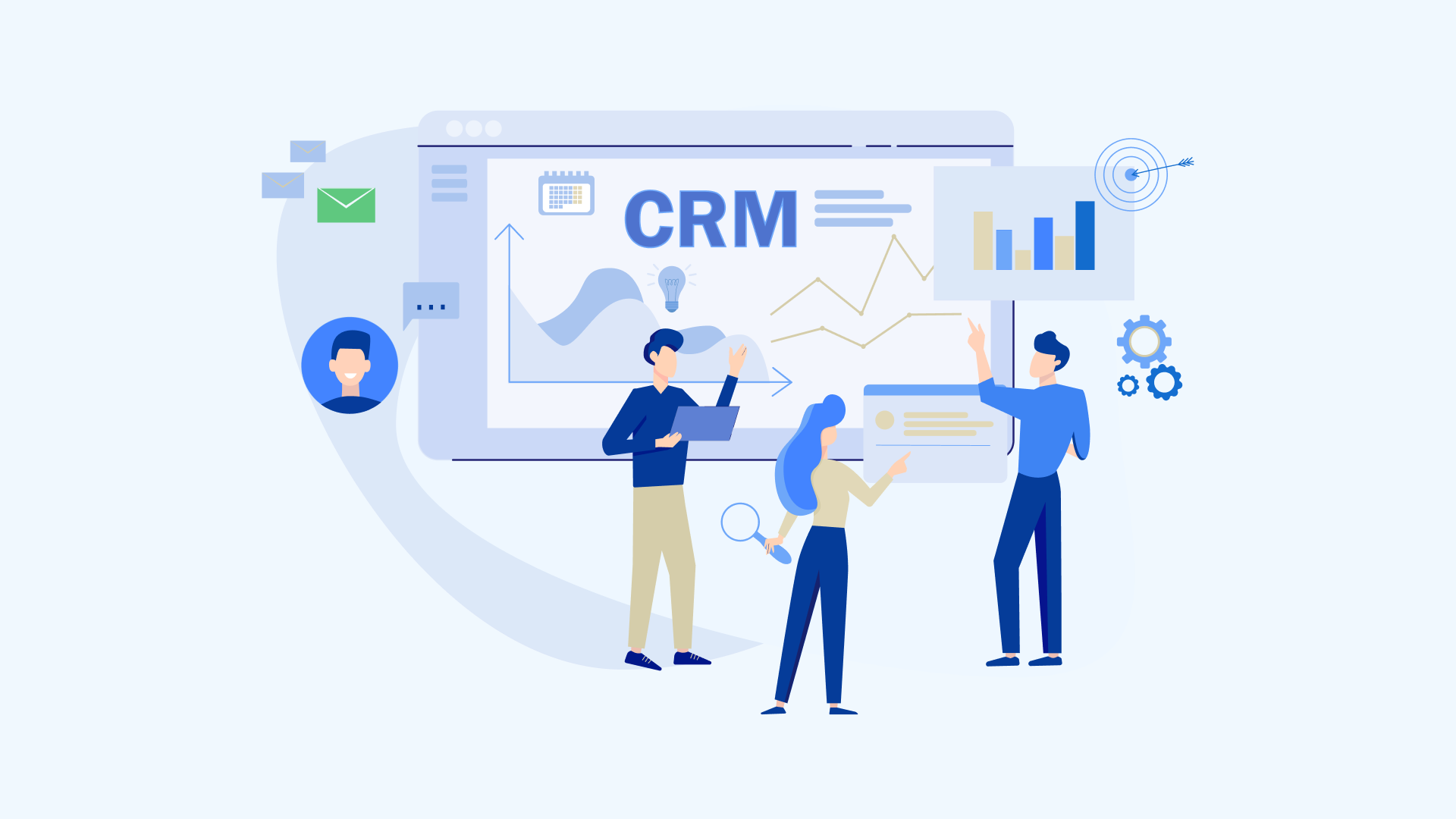Beyond CRM Reports:
Why You Need Real Win-loss Interviews
Introduction: CRM Loss Reasons Are Lying to You
If your CRM says you lost 30% of deals due to price, you’re not alone. But you’re also not getting the full story.
Most companies rely on CRM dropdowns, sales rep notes, or automated win/loss fields to understand why deals are won or lost. But here’s the truth:
Up to 75% of CRM loss reasons are wrong, incomplete, or misleading.
Sales reps are incentivized to move on—not look back. CRM systems are optimized for pipeline forecasting, not post-mortem insight. And dropdowns like “Lost to Competitor” or “Pricing” may sound tidy, but they hide the deeper truths about what’s broken in your go-to-market motion.
You don’t need more dropdowns.
You need to talk to your customers—the ones who said no.

Why CRM and Sales Notes Miss the Mark
CRM Inputs Are Subjective and Incomplete
Sales reps aren’t intentionally misleading anyone. But they’re:
- Under pressure to close the next deal
- Shielded from the real decision dynamics inside the prospect’s org
- Prone to optimistic assumptions or convenient narratives
A dropdown that says “Lost to Competitor X” often reflects the final action, not the underlying reason the deal slipped away.
Maybe your competitor wasn’t better—they were just earlier, clearer, or more aligned.
“Price” Rarely Means Price
In our research, “price” often translates to:
- Confusing pricing model
- Perceived lack of value
- Unclear ROI in Year 2 and beyond
- A bloated proposal that includes modules they didn’t ask for
You didn’t lose because you were expensive. You lost because you were unclear.
Internal Attribution Is Biased
Every team has a stake in the story. Sales blames product. Product blames marketing. Marketing blames messaging. CRM becomes the place where narratives get sanitized to avoid conflict. The actual truth? It gets buried.
What Real Win-Loss Interviews Reveal
The Moment the Deal Was Lost
Most buyers don’t make decisions at the end. They make them silently—weeks or months earlier. Win-loss interviews expose those inflection points.
“The demo didn’t match what I saw in the webinar.”
“Our legal team had questions. They never got answered.”
Misaligned Expectations
You might think you have product-market fit. But that assumes:
- You attracted the right audience
- They saw the right demo
- Your champion had internal pull
Win-loss conversations often reveal: one of those was false.
Invisible Competitors
You lost—but not to who you thought. In 1 out of 3 cases, we’ve found:
- The buyer chose a different solution category
- The project was put on hold (and the champion left)
- You never made it to final consideration
And yet, the CRM says: “Lost to Competitor X.”
Case Study: The CRM Said Price. The Customer Said Confusion.
A fast-growing SaaS company engaged Thirdside to uncover why they were losing 35% of deals in their most important segment. The CRM consistently tagged losses as “price.”
What our interviews uncovered:
- Prospects didn’t understand how the pricing scaled
- They couldn’t forecast what the product would cost in Year 2
- Sales reps over-emphasized bundled features instead of the core use case
One buyer said:
“We weren’t sure what we’d be paying a year from now. The discount sounded nice—but it actually made us nervous.”
After simplifying their pricing structure and improving sales enablement, pricing went from a weakness to a competitive advantage.
Why Third-Party Interviews Work Better
1. Neutrality Builds Trust
Buyers don’t want to tell your AE they were unresponsive or overbearing. But they’ll tell a neutral third party who isn’t trying to win back the deal.
2. Structured, Probing Conversations
Thirdside uses trained interviewers who follow a modular conversation guide. We go deep into:
-
- Messaging
- Sales process
- Competitive landscape
- Decision criteria
- Stakeholder dynamics
We listen. We probe. We ask, “What do you wish we’d asked sooner?”
3. The Power of the Quote
Direct quotes land harder than stats. When a CRO hears:
“They didn’t listen to us—just pitched what they wanted to sell.”
It spurs change in a way no dropdown field ever could.
What You Can Expect from a Real Win-Loss Program
Thirdside provides:
- 10–30 interviews per cohort (wins, losses, no decisions)
- Thematic analysis and quote clusters
- “Fix This First” priority maps
- Narrative summaries for executive teams
- Sales enablement briefs for AEs
- Blindspot dashboards highlighting hidden risks
All grounded in the voice of your buyers.
answers
FAQ’s
Everything Sales and Marketing Teams Ask Us
How soon after a deal closes should we conduct the interview?
2–8 weeks is ideal. Not too raw. Not too distant. Long enough for reflection, soon enough for recall.
Can’t we do this ourselves?
You can try. But you’ll get social niceties, not truth. Our neutrality and experience bring candor you can’t get in-house.
What if we already use NPS or Gong?
Surveys and call recordings tell part of the story. Interviews reveal the why behind the why. We work with your tools—not instead of them.
Will customers actually talk to you?
Yes. Over 80% of contacted prospects agree to a conversation. Our approach is low-pressure, respectful, and professional.